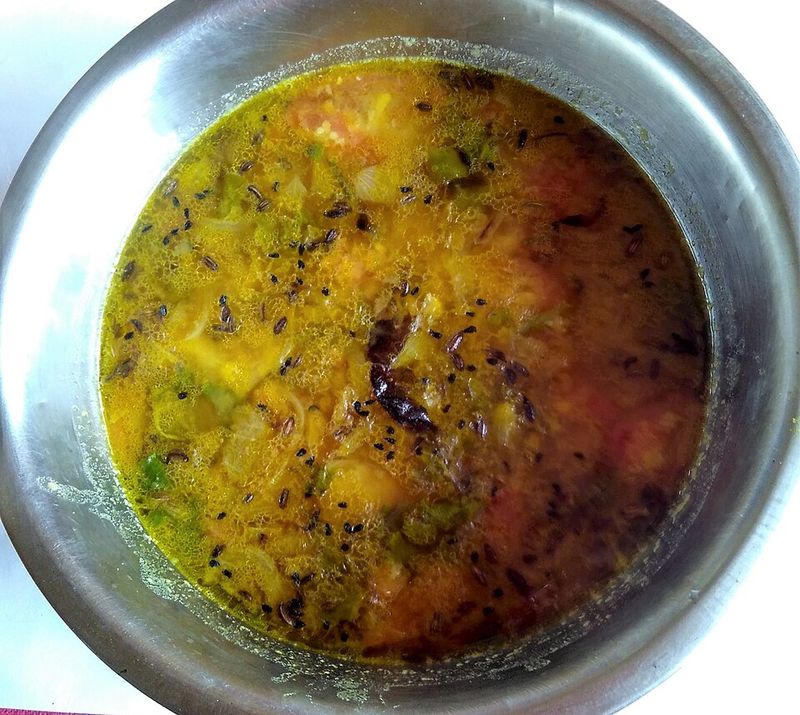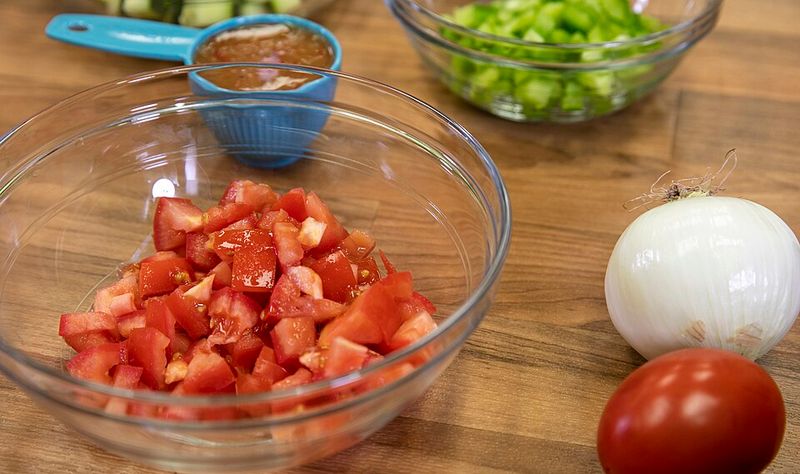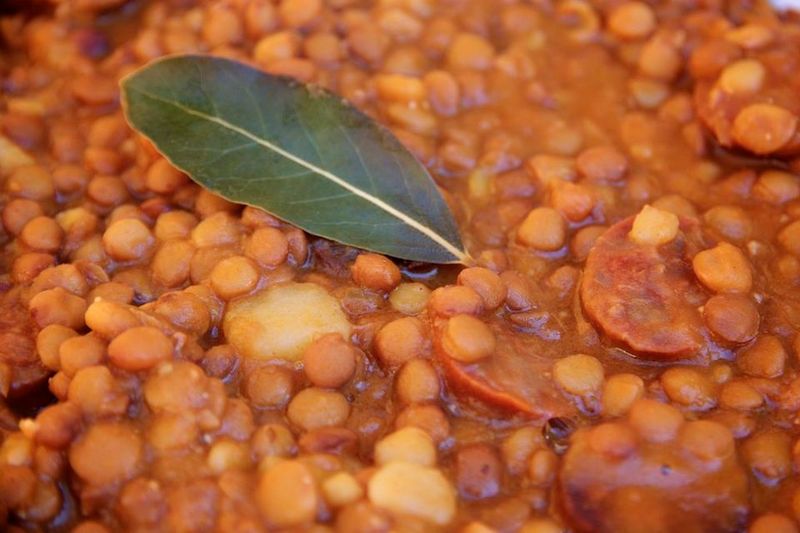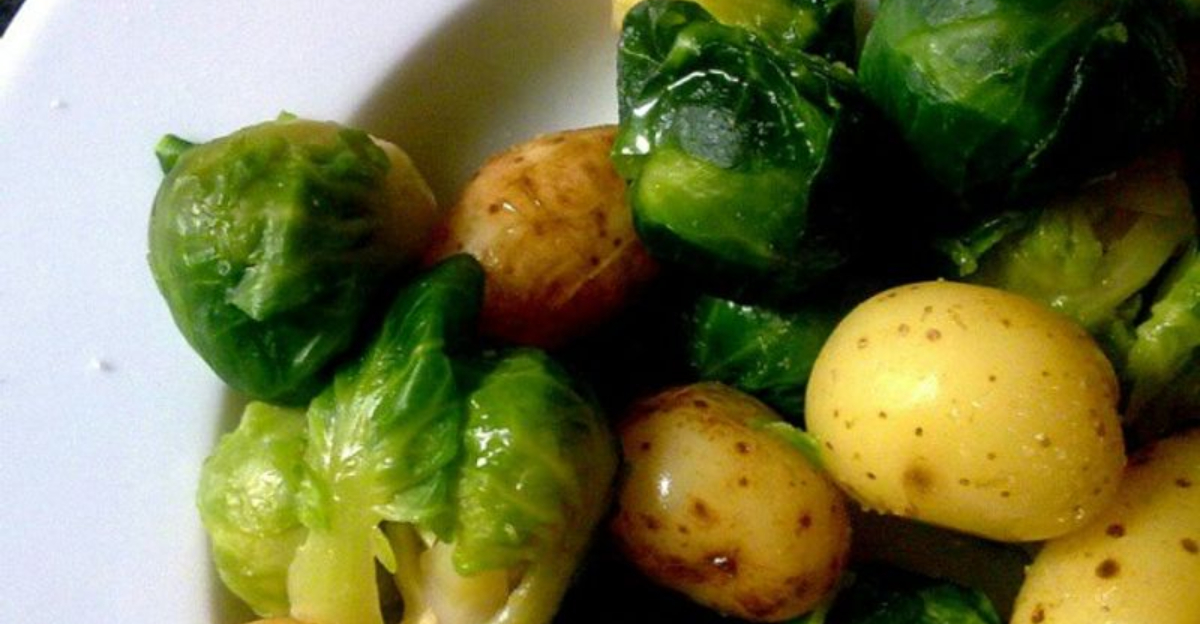The Lentil Soup That Fixes Everything
Some recipes whisper. This one shouts. Not with complexity or pretension, but with the kind of honest, warming comfort that makes cold days bearable and bad moods evaporate.
This lentil soup transforms humble pantry staples into something that tastes like someone who loves you spent all day cooking, even though the whole process takes barely an hour.
1. The Foundation Matters

Every memorable soup starts with proper aromatics, and this one builds its soul from chopped onion meeting hot olive oil in a large pot.
The onion needs six or seven minutes over medium heat to soften and take on golden edges, rushing this step means missing out on the caramelized sweetness that anchors everything else. Two celery stalks and a pair of medium carrots join next, diced and given four or five minutes to lose their raw edge and develop some tenderness.
2. Spice Creates Story

Crushed garlic cloves, two or three depending on mood and garlic devotion, hit the pot alongside a teaspoon each of cumin, dried oregano, and paprika.
These spices need just sixty seconds to bloom in the heat, releasing oils and aromas that transform the kitchen into something that smells like anticipation. Salt and pepper season at this stage, though adjustments always come later.
3. Tomatoes Anchor Everything

A standard can of diced tomatoes, roughly 400 grams or 14 ounces, adds acidity and body when stirred into the aromatic vegetables.
One or two minutes of cooking melds the tomatoes with everything already in the pot, creating a base that’s ready to become soup rather than just vegetables swimming in liquid.
4. The Long Simmer

Two cups of dried lentils, brown or green varieties work equally well, get rinsed and added along with eight cups of vegetable stock. Some might measure this as two liters if that’s easier to visualize.
The mixture comes to a boil before dropping to a low simmer, lid secured, for anywhere from thirty to forty-five minutes. Lentils vary in age and dryness, so checking for tenderness determines when they’re done rather than watching the clock obsessively.
This simmering time allows the lentils to absorb flavor from the stock and spices while breaking down enough to thicken the soup naturally. No blending required, no flour or cream to hide behind, just lentils doing what they do best.
5. The Bright Finish

Two or three tablespoons of chopped parsley or coriander stir in at the end, depending on which herb speaks louder that day.
Fresh lemon juice, two tablespoons worth, follows immediately after, cutting through the earthiness of lentils and vegetables with citrus brightness that makes every spoonful more interesting. A final taste determines whether more salt, pepper, or lemon juice would push things closer to perfection.
6. Why This Works

The magic lives in the layers. Sweet caramelized onions and carrots balance the earthy lentils. Tomatoes add tang while cumin and paprika bring warmth without overwhelming heat.
That final hit of lemon juice and fresh herbs keeps the whole bowl feeling alive rather than heavy, making second and third servings entirely reasonable.
This soup also improves with time: tomorrow’s bowl tastes even better as flavors meld overnight. The lentils continue absorbing liquid, so adding a splash of water or stock when reheating brings the consistency back to ideal.
Some might argue the day-after version surpasses the original, though both versions disappear quickly regardless.
7. Making It Your Own

The recipe accommodates tinkering. Smoked paprika instead of regular adds campfire depth. A pinch of red pepper flakes introduces gentle heat for those who want it.
Spinach or kale wilted in during the last few minutes adds green nutrition and color. A dollop of yogurt on top when serving creates creamy contrast against the soup’s body.
Bread becomes essential: crusty sourdough or warm pita for dragging through the bowl, soaking up every drop that clings to the sides. Some evenings call for this soup as the entire meal, substantial enough with its protein-packed lentils to satisfy without needing anything else.
Other times it serves as a starter before something lighter, though honestly, stopping after the soup happens more often than planned.






